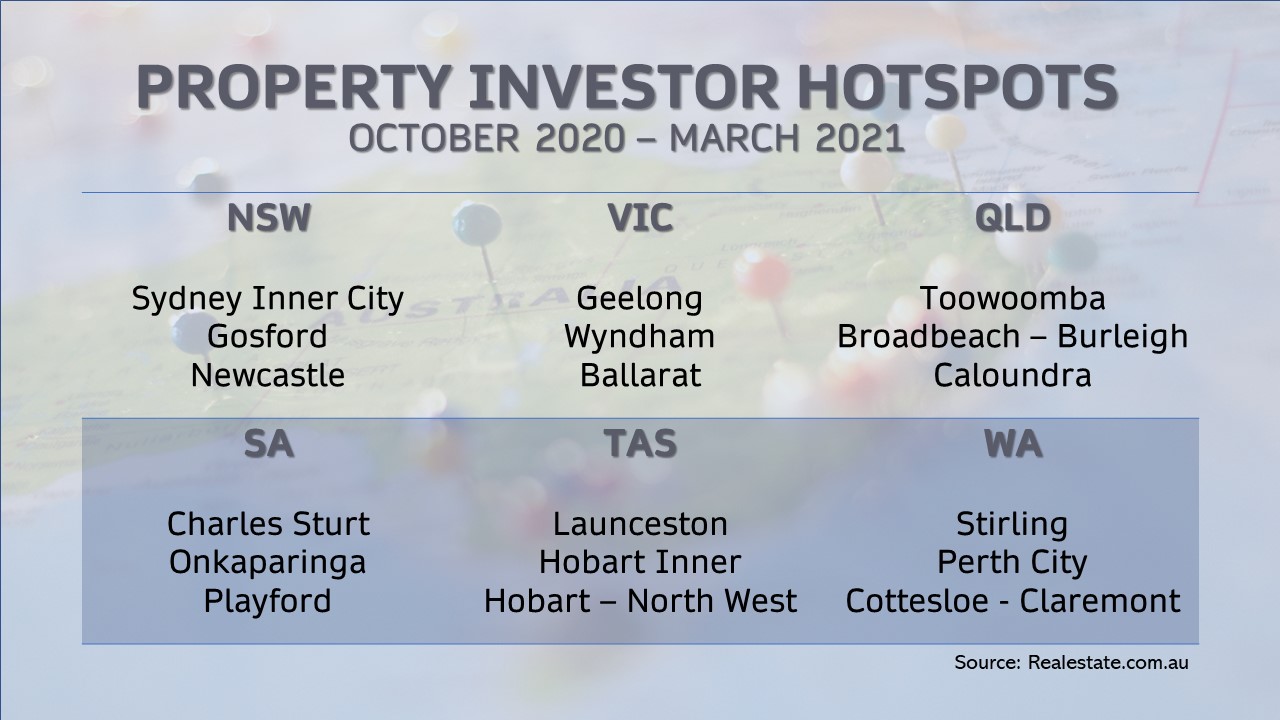
Investors are slowly reclaiming their space in the housing market and are increasingly making their presence felt in regional cities.
REA Insights economist Paul Ryan said while uncertainties still linger as the economy and the housing market bear the impacts of the pandemic, property investors have started to cash-in on the rising demand for homes.
Recent lending figures from the ABS that cover June showed the value of new housing loan commitments from investors has inched up by 0.7% in the month.
On an annual basis, the growth was more impressive at 102%.
"Many investors have decided 2021 is the right time to get into the market,” Mr Ryan said.
“Monthly loan commitments to investors have doubled compared with a year ago and are close to the peaks seen in 2015.
“In Victoria, lending to investors has jumped to its highest level ever, but other states have also seen big increases over 2021.”
PRD's recent research also indicated that investors are back in the market.
Between May 2020 to May 2021, finance commitments from the investor segment increased from $4.2bn to $9.1bn.
This has boosted the share of investor finance to 28%, similar to the levels seen in October 2019.
Where are they investing?
Data from realestate.com.au show investors set their eyes on regional cities over the six months to March 2021.
Mr Ryan said investors are starting to adapt to post-pandemic market conditions, which favours locations outside capital cities.
"Affordability has also been a big driver of demand in these regions, which tend to be favoured by people from capital cities looking for larger homes and more relaxed lifestyles,” he said.
“But crucially, they are close enough to maintain semi-regular commutes to capital cities when the need arises.
"Continued growth in the regions on the back of the COVID-led lifestyle shift is likely to open up more opportunities for investors in the months ahead."

Will investors cause a tightening of lending rules?
MB Fund chief economist Leith van Onselen said the increasing levels of financing activity among investors could potentially inflate prices and mortgage debt levels, making it necessary for the Australian Prudential Regulation Authority (APRA) to impose some tightening.
“I believe that APRA should implement some form of macro-prudential mortgage curbs sooner rather than later,” Mr van Onselen said.
“CoreLogic data to March 2021 does show that lending standards have deteriorated, with the proportion of interest-only, high loan-to-income and high debt-to-income mortgage lending rising substantially.
“New investor lending has accelerated this year and is now tracking near prior peaks when macro-prudential curbs were implemented by APRA.”
However, REA Group executive manager for economic research Cameron Kusher said in a recent think piece that there is no need to rush placing limits on lending, especially given the rate at which house prices are currently moving.
"This is not to say a rapid run-up in prices is particularly desirable because it only benefits those who own properties; however, nor does it mean that regulators should, at this stage, step in and put a stop to these price rises, especially if there is no sign of deteriorating lending standards," Mr Kusher said.
“While calls for macroprudential intervention will continue to grow as prices continue to rise, the RBA and APRA should resist these calls for the time being, unless of course there is meaningful deterioration in lending standards.”
Photo by energepic.com from Pexels
